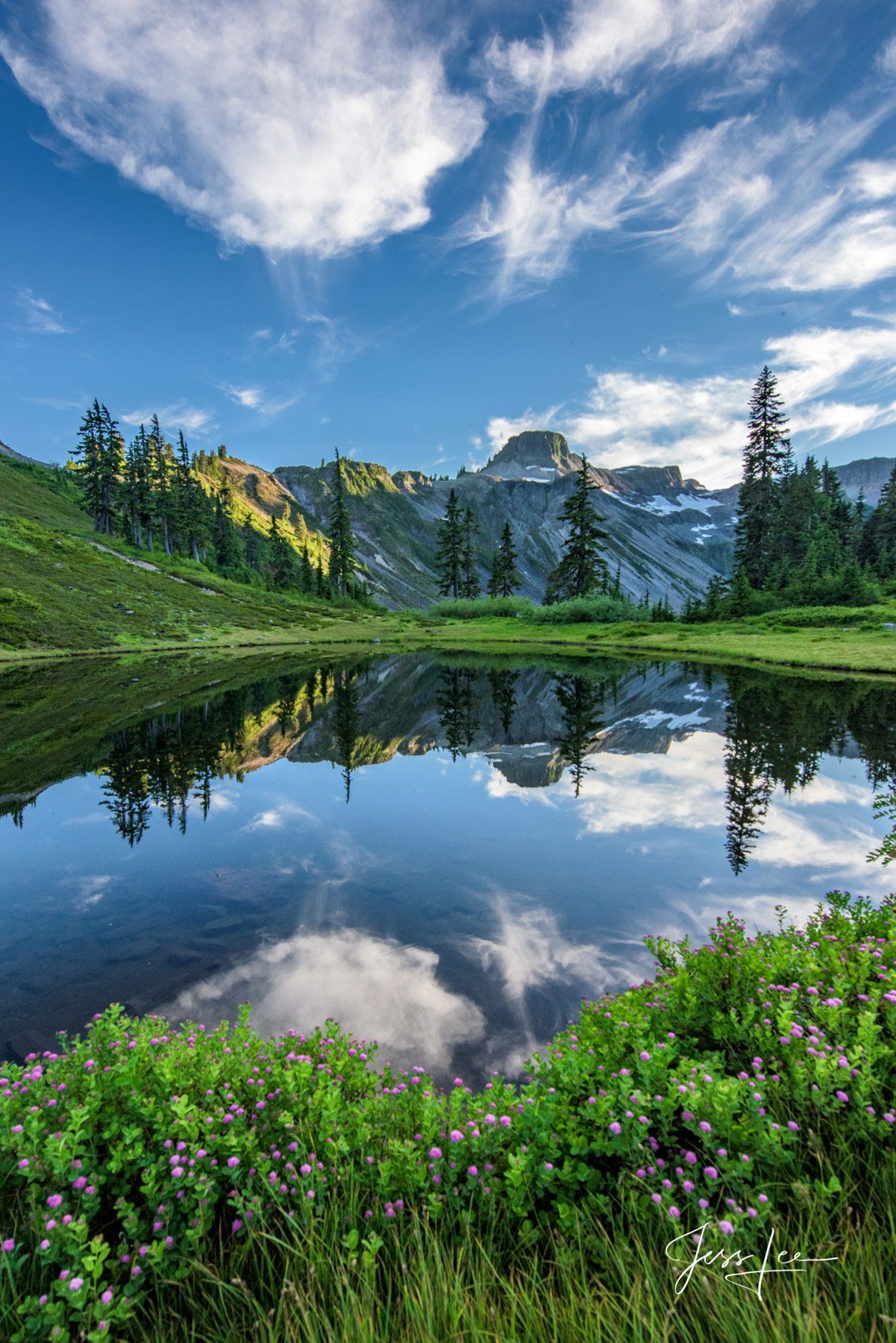Can hunting wildlife contribute to biodiversity conservation?

It’s a politically and ethically charged debate. Can hunting animals really contribute to wildlife conservation and biodiversity objectives? On first glance, hunting as a means of conservation seems like an inherent contradiction. Yet the sustainable use of wildlife has been ratified by the Convention on Biological Diversity (CBD) as a central means of conserving biodiversity. So is hunting sustainable and does it actually incentivise conservation? And is it really the right way to sustain biodiversity?
The argument against…
Many feel hunting is unethical, is not biologically sustainable, and that the use of markets as a conservation tool will exacerbate the overuse of animals rather than conserve them. To be sustainable, low-quota selective hunting — that is, targeting older males or specific problem animals (those that kill livestock or trample crops, for example) — should be the basis for most contemporary hunting operations.
But there is a concern that hunting will be poorly controlled, and therefore unsustainable. Indiscriminate hunting of large numbers of wildlife will have a negative impact on species populations, particularly if reproductive females or young males are targeted. Social behaviour is widely observed in larger mammals and will be altered if the population and gender profile in herds are changed.
Critics suggest that scientific measurements of population numbers often do not occur, thus quotas set are unreliable and are estimates at best. Monitoring population numbers is also time consuming and expensive and it is often difficult to estimate a particular animal’s age.
Furthermore, sustainable hunting relies on the assumption that the quota levels set will be adhered to. This is difficult to enforce, particularly when large sums of money are involved (£50,000 plus for a lion).
Trophy hunting is surrounded by secrecy — partly because of the lack of data available but also due to the negative press it receives. More transparency and openness is needed in the industry to ensure quota levels are monitored and adhered to and population numbers can be tracked and kept stable. Any money made must be re-invested into these monitoring activities.
Nature pays, so it stays?
As noted, large sums of money are involved in hunting — often more so than non-extractive forms of tourism, such as photo safaris. Areas used for hunting often exceed national park dimensions so economic incentives for conservation can also occur over far greater areas of land than through photo tourism, which is often confined within national park boundaries.
One striking argument that the pro-hunting lobby present is the role hunting can play in generating much-needed revenue for community-driven conservation initiatives. One of the most well-known community-managed programmes is CAMPFIRE (Communal Areas Management Programme for Indigenous Resources) in Zimbabwe. Revenues from hunting have helped change attitudes towards wildlife in local communities and have resulted in more land being turned over to wildlife management projects. Poaching levels can also decrease as community-managed monitoring is more active.
But even community-based methods of wildlife management have their weaknesses. Critics of CAMPFIRE argue that it focuses too much on financial incentives and the commodification of wildlife and not enough on the importance of biodiversity conservation. The process of making money becomes the end in itself. Money can also end up in the hands of a small number of elite rather than the wider community. This is often attributed to poor legislation surrounding community involvement in the industry, a lack of skills within communities to manage areas and negotiate with operators, and a failure to successfully devolve wildlife ownership to communities so they have the access and rights (and therefore ability and incentive) to manage it.
Many of the issues noted above are not associated with hunting as a conservation tool per se but with the wider political and institutional contexts in which hunting occurs. Like any conservation strategy, good governance is clearly key to successful conservation through hunting, alongside an effective and consistent population monitoring system.
People matter
At the heart of this argument lies a fundamental difference in the perception of conservation. Preservationist thought throughout the twentieth century led to the establishment of national parks in Africa where wildlife was the only image to be seen. Protected areas or ‘fortress conservation’ zones were associated with the protection of nature and wildlife, and not of human populations. So historically strategies have removed people from the land — an approach that has met resistance from local people.
There has been a move away from the preservation of wilderness ideology towards a community-centred discourse of conservation, which stresses the importance of local decision-making in natural resource management. In principle, community-based conservation acknowledges that for the effective conservation of species, people living in the same area must be involved and have the legal rights and responsibilities to manage resources.
Biodiversity is intrinsically linked to the human institutions that surround it as people often depend upon biodiversity for their livelihoods. Successful biodiversity conservation depends as much on the relations between resources and its users as it does on sound scientific and biological knowledge. Hunting can conserve African wildlife effectively given the right geography and political circumstances as it offers large financial incentives. It is also able to incentivise the conservation of particular species and the wider habitat in which they exist. This has positive spillovers for other species and the wider ecosystem. Nevertheless the support of, and devolution of control to, local people who inhabitat the same areas as wildlife is essential. The long-term survival of species and their habitats will only occur if local people are deriving equitable economic and social benefits from conservation and have control over, and the right to, manage wildlife resources.
Source:iied.org
